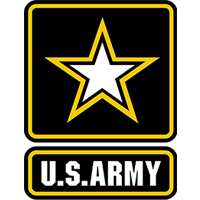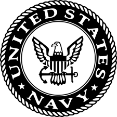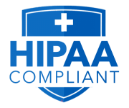Effective document management practices are essential for any company. But for pharmaceutical companies, where the security and accuracy of documents are crucial, this holds even more true.
That’s why companies in the pharma industry are always striving to improve their processes and keep in line with the most recent development in document management technology.
Whether it’s for saving time, helping employees become more efficient, reducing expenses, or increasing security, the benefits that a sound system can offer are hard to underestimate.
With that in mind, let’s look at some of the most important tips you should consider when implementing better document management practices in your pharmaceutical organization.
Digitize Your Documents
The only way to ensure that your document management practices are up to the standards of the pharmaceutical industry is to switch to a digital document management system.
Using paper documents might have been acceptable a decade or two ago, but today, with specialized document management solutions more available than ever before, it is simply not a feasible solution any longer.
The good news is that it’s now also easier than ever to digitize your paper documents and transfer them to a digital format. You can find a document scanning solution ideally suited for pharma companies, which will take over the entire process and will make the transition as smooth and frictionless as possible.
Having a digital document management system not only makes sense from a storage standpoint. It will also help with security, access, and budgeting.
Consider Your Access Strategy
One of the biggest concerns regarding is the need to ensure that only authorized personnel can access sensitive documents and data. But at the same time, the modern workplace environment dictates that access must be possible from anywhere in the world, not just the company’s headquarters.
That’s why one of the most important considerations you should think about is the way you want to handle access control.
One of the most popular approaches is to use a Role-Based Access Control (RBAC) document management system, which can limit the number of files that can be accessed based on the person’s authorization level.
With the help of this approach, you should be able to set specific rules about who can access the files and avoid having to grant access manually.
Prioritize Searchability
One of the biggest challenges your employees likely face is finding specific documents or even certain information within documents.
In these situations, having advanced document searchability is essential. Look for a solution that can provide accurate search results, offer numerous filters to sort documents by, and help search for documents in various formats.
Ease of Use
Finally, you must look for a solution that is easy to use and manage. You want the staff to implement it without resistance, and thus it should have a simple-to-use interface that’s intuitive and clear.
After all, even the most advanced pharmaceutical document management system is only as effective as it is used. When you opt for complex features, make sure you communicate them to your team clearly so that they know how to make the most out of what the solution has to offer.














